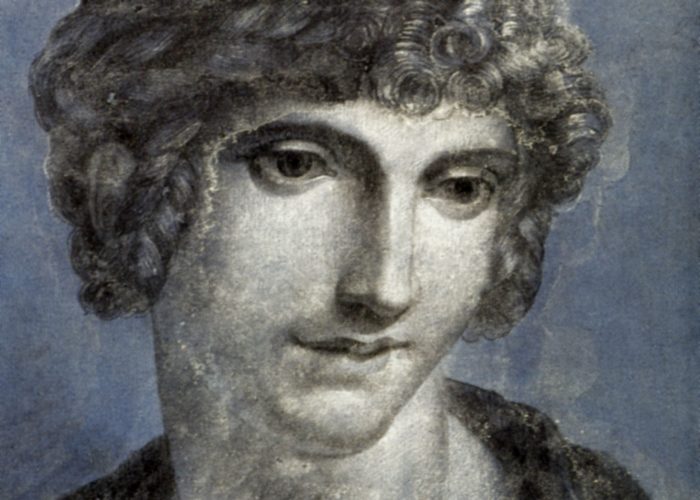Olympe de Gouges
Theme: Revolutionary ideas, French revolution
Olympe de Gouges was a radical feminist and one of the first people to fight for equal rights for women. She campaigned against violence and oppression and spoke out against slavery. But despite her pacifist views, her radical ideas eventually led to her death, at the guillotine, in revolutionary France.
Olympe de Gouges (1748 – 1793) was born Marie Gouze, in southern France. As a young woman of 16, she was forced into an arranged marriage by her family. When her husband died a year later, she chose not to remarry. Instead, she moved to Paris where she reinvented herself and adopted the name ‘Olympe de Gouges’. Here she began formulating her ideas and campaigning for a more equal society.
Olympe de Gouges believed women should have the same rights as men – a revolutionary idea at the time. She wrote prolifically about this, most famously in her Declaration of the Rights of Woman and the Female Citizen (1791). Here she bravely drew attention to the fact that, while the French Revolution called for liberty and freedom, this did not apply to women. De Gouges also wrote plays – performed by her own theatre company – calling for an end to slavery and raising awareness of social issues.
Ultimately, her views and active campaigns were deemed a threat to the ideals of the Revolutionary government and she was arrested, during what became known as the Reign of Terror. Refusing to stay quiet, de Gouges wrote two new works while she was imprisoned, that her friends secretly published. In October 1793 she was finally tried, condemned to death and executed at the guillotine, all on the same day.
Did you know..?
As many as 40,000 people were executed at the guillotine during the Reign of Terror in revolutionary France.
Use our Classroom resources to investigate this object and the themes of Revolutionary ideas, and the French Revolution further.
Highlights:
- Using objects, artworks and other sources to find out about the past
- Enquiry: Who fought for the abolition of the transatlantic slave trade and what were some of the tactics they used?
- Enquiry: Was the French Revolution true to its principles of Liberte, Egalite and Fraternite?
- Revolutionary Top Trumps
- Twitter campaigns
And much more…
Sources & acknowledgements
This object description and its related educational resources were researched and written by our team of historians and education specialists. For further information see the item’s home museum, gallery or archive, listed above.
- Related resources
- Enquiry Questions
-
Did you know..?
As many as 40,000 people were executed at the guillotine during the Reign of Terror in revolutionary France.
-
Education overview
You can access a range of teachers resources related to this object and more on our education page.
Please also see our glossary of terms for more detailed explanations of the terms used.
-
Use this image
- License Type: All Rights Reserved



